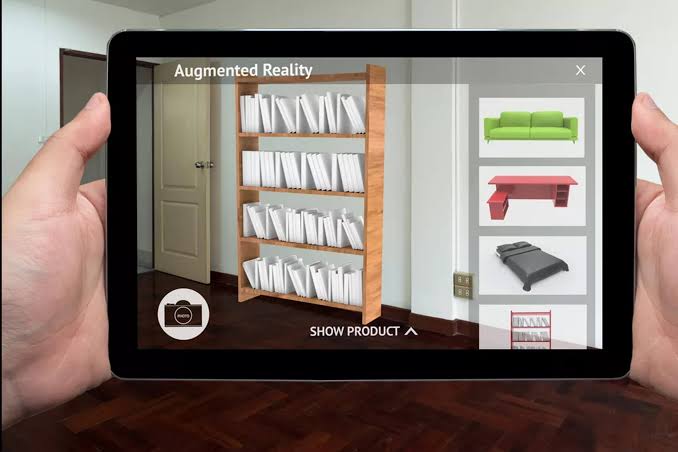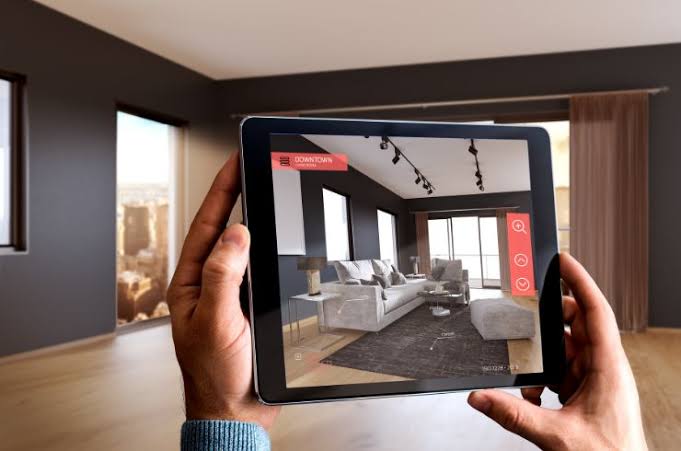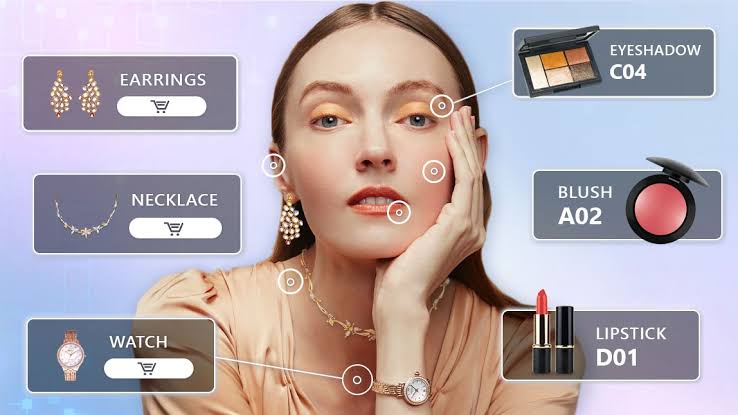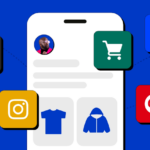
Unlock immersive UX with augmented reality in web design. Explore web design trends, AR benefits & create futuristic experiences that convert!
Table of Contents
- Introduction: The Rise of Augmented Reality in Web Design
- Augmented Reality in Web Design: What It Really Means
- How Augmented Reality In Web Design Elevates UX
- Key Benefits of AR in Modern Web Design
- Real-World Wins With Augmented Reality In Web Design
- The Future of Web Design with Augmented Reality
- Final Thoughts: Augmented Reality In Web Design Is The New Aesthetic
The Rise Of Augmented Reality In Web Design

Web experiences have evolved far beyond static pages. In today’s competitive landscape, augmented reality in web design is not just a trend—it’s a game-changer. Whether it’s bringing 3D models to life, offering interactive shopping experiences, or creating virtual product demos, AR is crafting deeply immersive UX that keeps users engaged and converting.
When implemented right, augmented reality in web design becomes your ticket to creating future-ready digital experiences.
What Is Augmented Reality In Web Design—And Why It Matters
Augmented reality in web design refers to the seamless integration of digital content into real-world environments—directly through web browsers. Unlike VR, which creates an entirely new world, AR enhances reality. Think interactive 360° product views, virtual try-ons, or immersive brand storytelling, all accessible without downloading an app.
This shift isn’t just about aesthetics. It’s about delivering immersive UX that feels intuitive, exciting, and incredibly engaging—making users stay longer and convert faster.
How Augmented Reality In Web Design Elevates UX
User experience (UX) has always been the backbone of good design. But with AR, we’re shifting from flat, 2D browsing to rich, spatial experiences. AR doesn’t just show—it interacts.
Why does that matter? Because AR in web design creates a personalised, immersive UX that feels real. Users don’t just view—they explore. Whether you’re selling furniture, apparel, or architecture services, AR can showcase your product in a user’s own space, driving confidence and intent.
Key Benefits Of AR In Modern Web Design
Let’s talk strategy. Here’s how integrating AR transforms your website:
- Higher Engagement: Interactive content increases time spent on site.
- Enhanced Conversion Rates: Virtual try-ons or product previews reduce returns and boost purchases.
- Brand Differentiation: Not every brand is doing it—yet.
- Mobile-Friendly Tech: WebAR lets users access experiences through browsers—no app downloads required.
- SEO & Shareability: Unique, engaging content is more likely to get backlinks and shares.
With the growing adoption of AR in web design trends, brands that adapt now are setting themselves up for long-term success.
Real-World Wins With Augmented Reality In Web Design
Let’s decode the buzz with real use cases of augmented reality in web design:
- IKEA: Shoppers can place furniture in their homes before buying.
- L’Oreal: Offers virtual try-ons for makeup shades.
- Nike: Uses AR to measure feet and suggest perfect sizes.
- Sephora: Virtual tutorials and AR mirrors for personalized looks.
These are no longer gimmicks—they’re results-driven experiences rooted in immersive UX and user satisfaction.
The Future Of Web Design With Augmented Reality
The future of web design with augmented reality is already here. As 5G, WebXR, and AI evolve, expect more accessible, real-time interactive content.
More agencies and brands are now exploring how augmented reality enhances user experience, not just through visuals, but through data-driven, responsive interactions.
Soon, we’ll see:
- Personalised AR website walkthroughs
- Gesture-based interactions
- Fully interactive landing pages
For forward-thinking designers and businesses, now is the time to adapt.
Final Thoughts: Augmented Reality In Web Design Is The New Aesthetic
Augmented reality in web design isn’t a futuristic fantasy—it’s today’s opportunity. By using AR to create immersive UX, brands can deliver wow-worthy experiences that convert.
So if you’re wondering how to stay ahead in web design trends, start here. Integrate AR to stand out, speak louder, and serve better.





